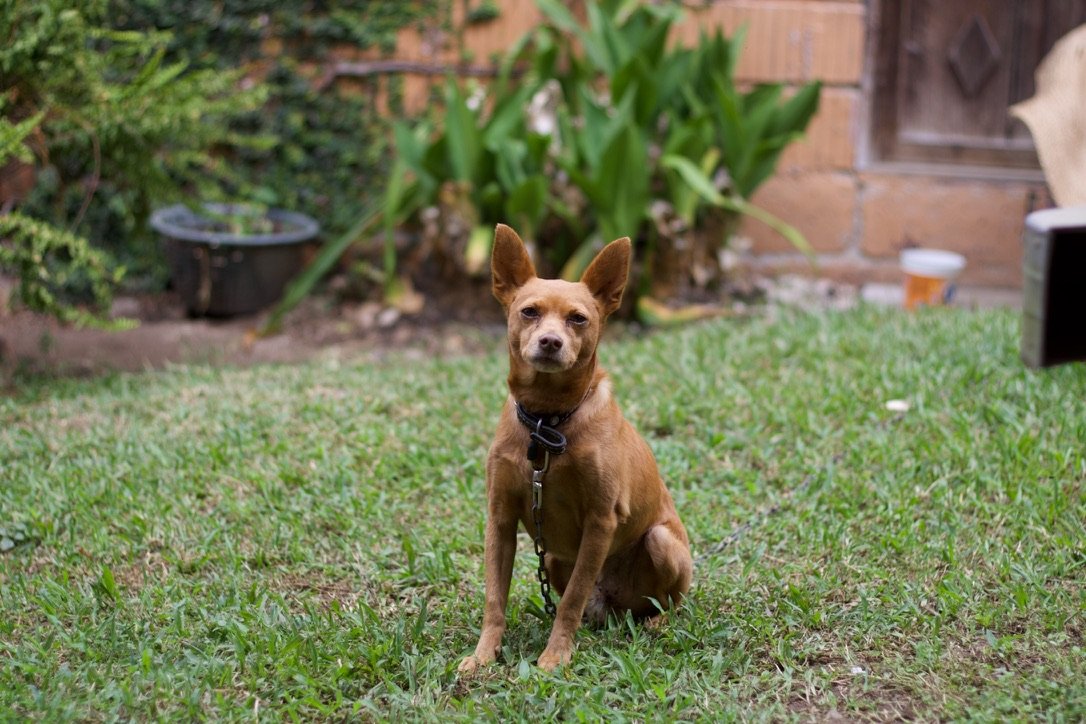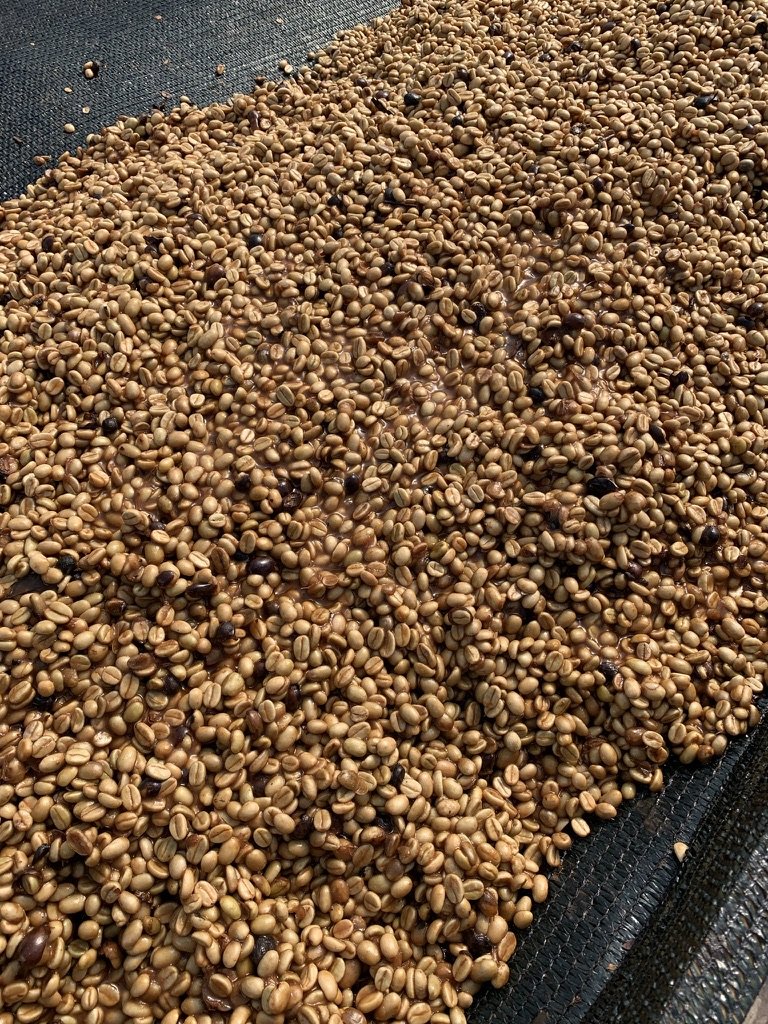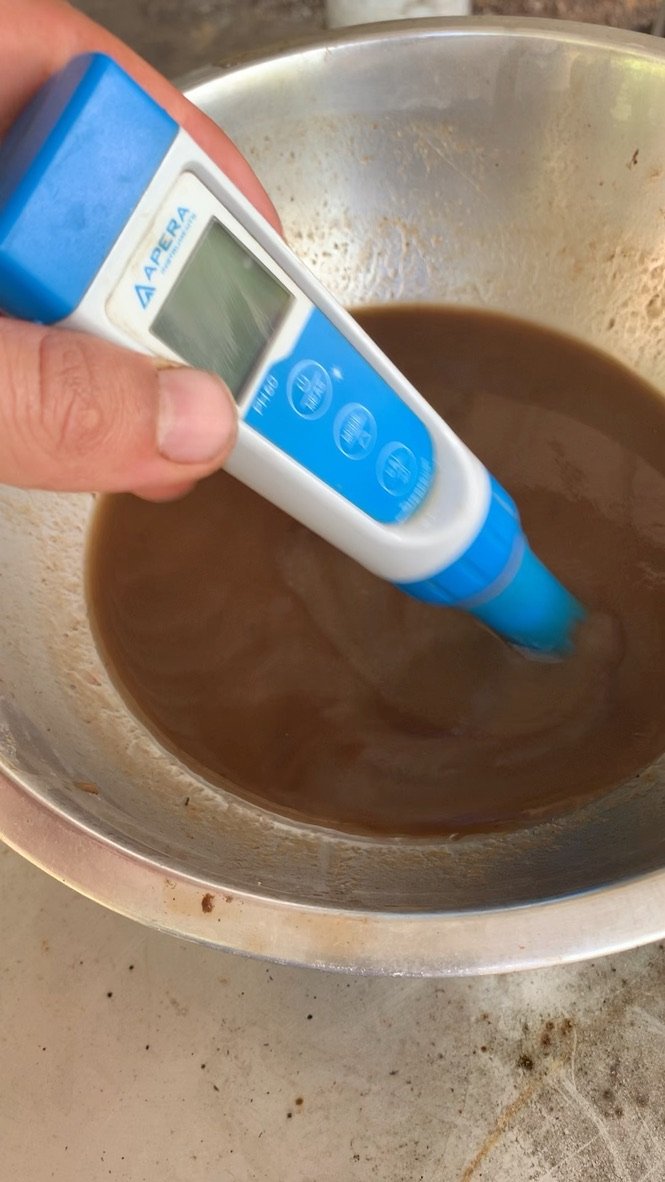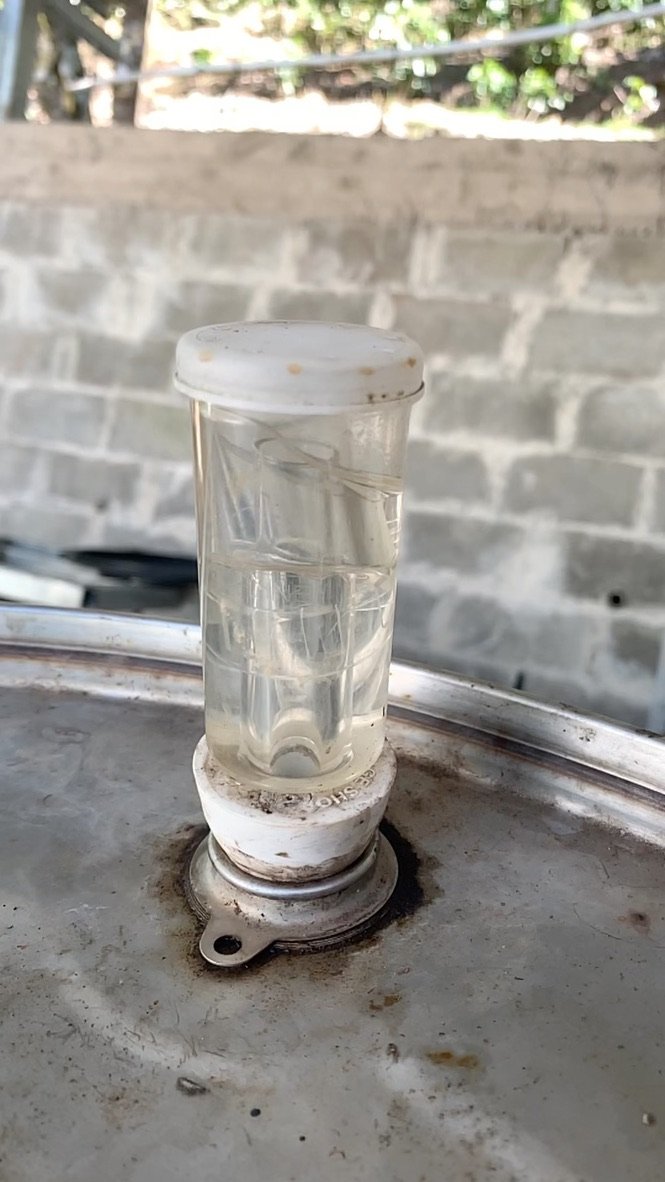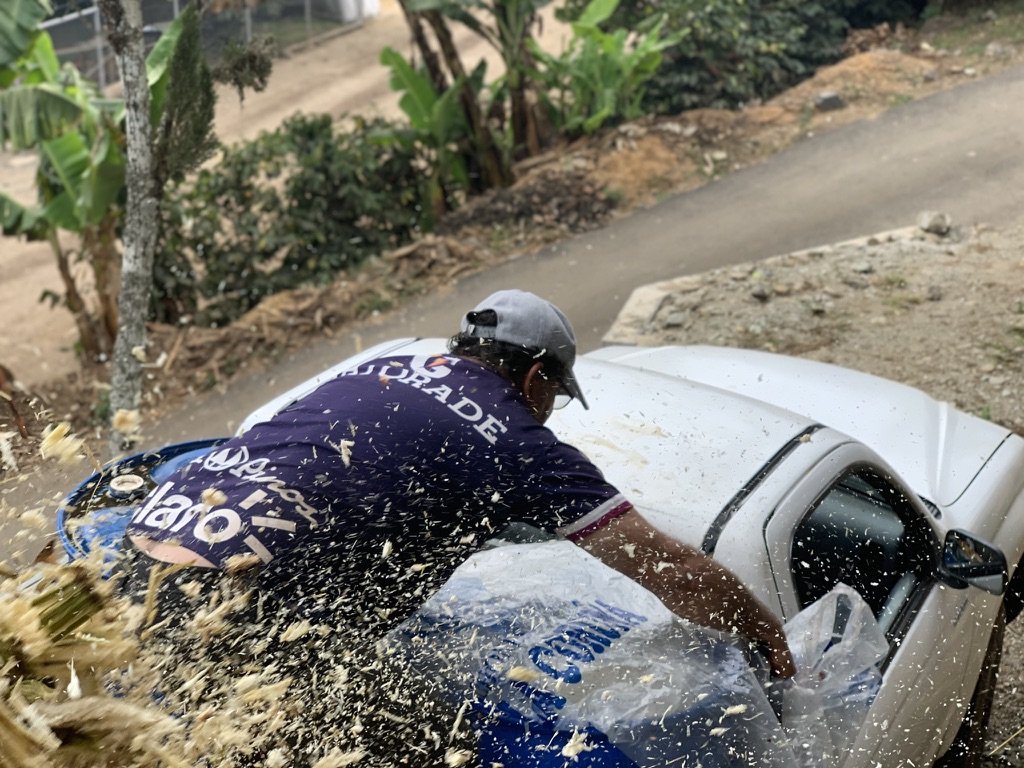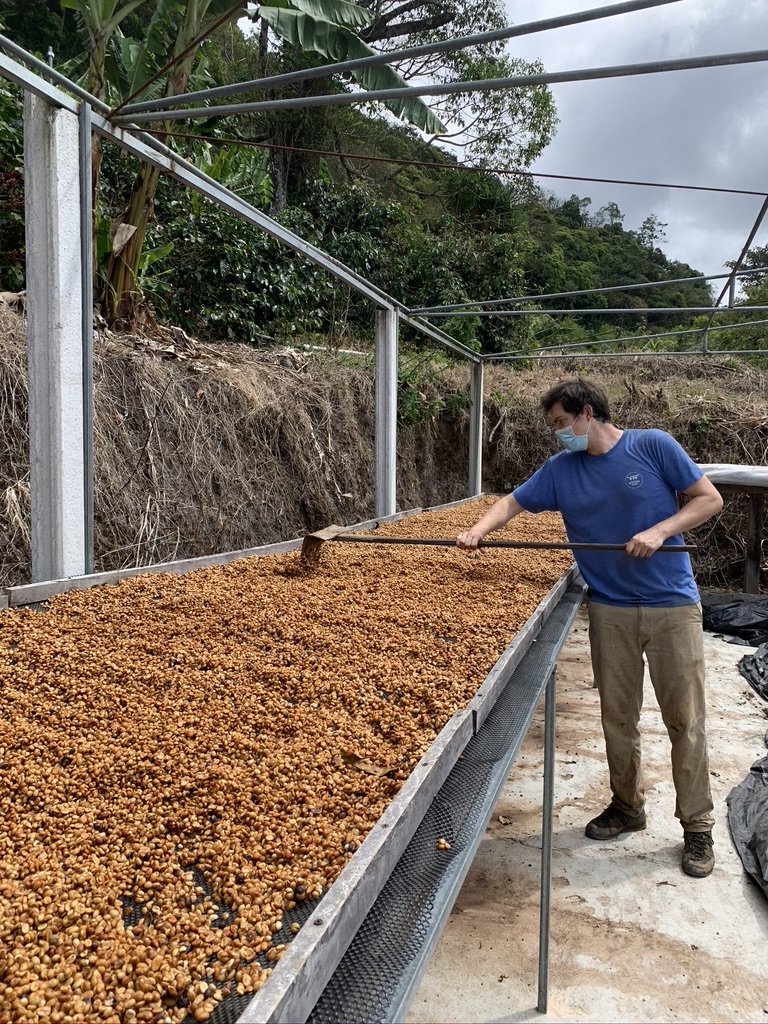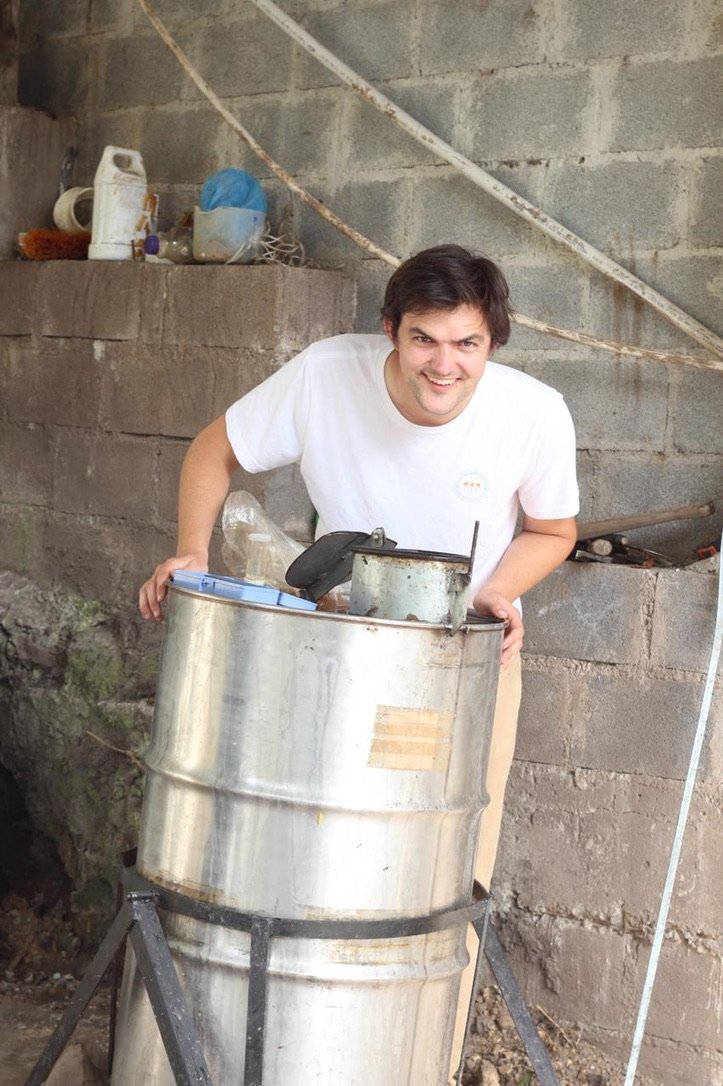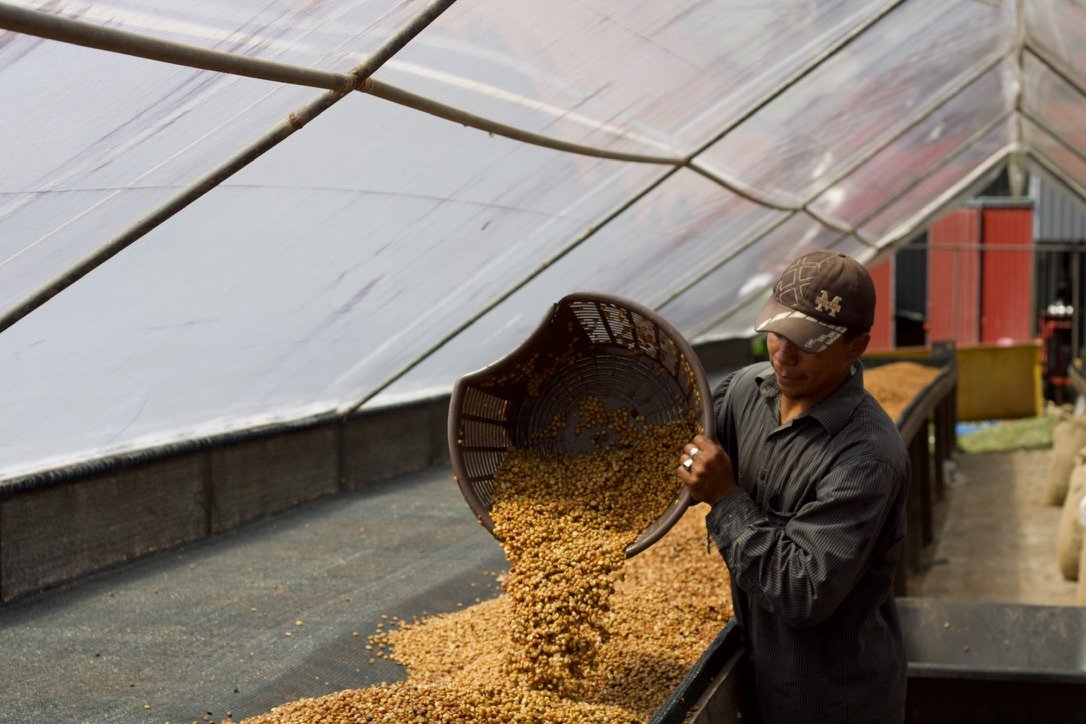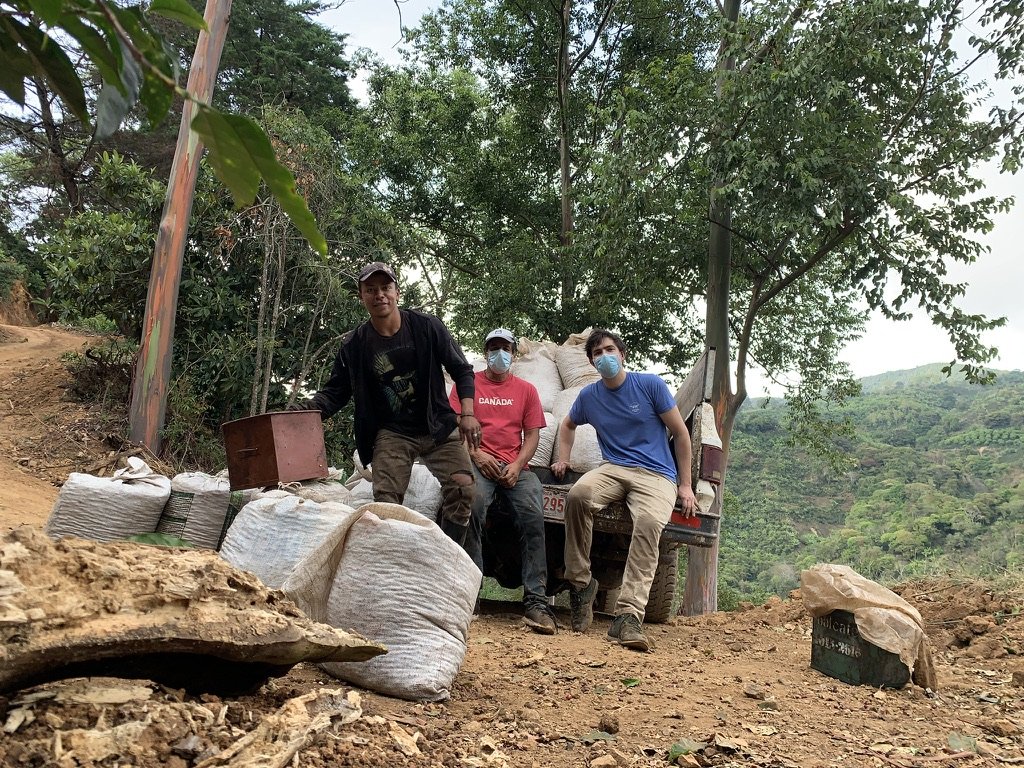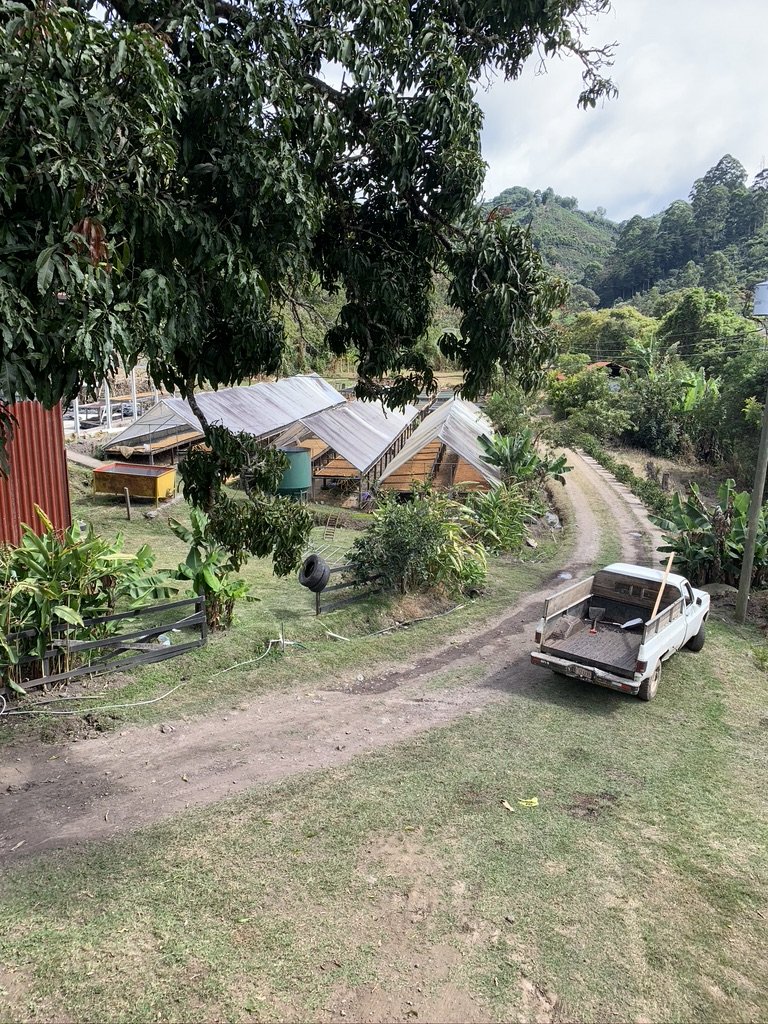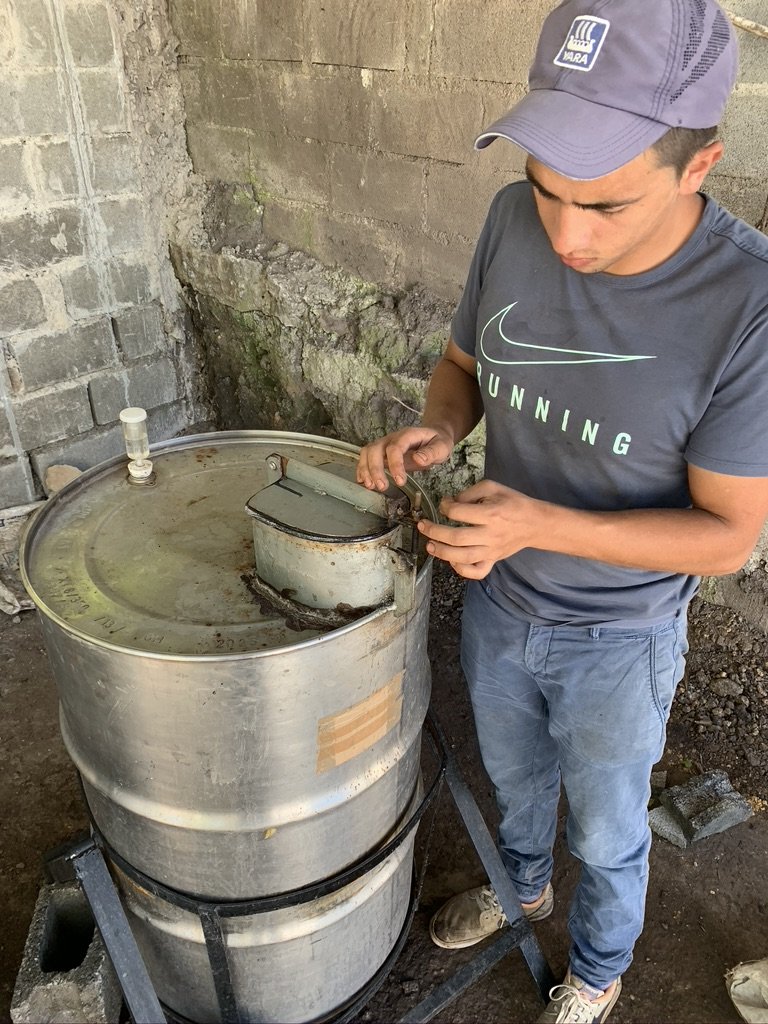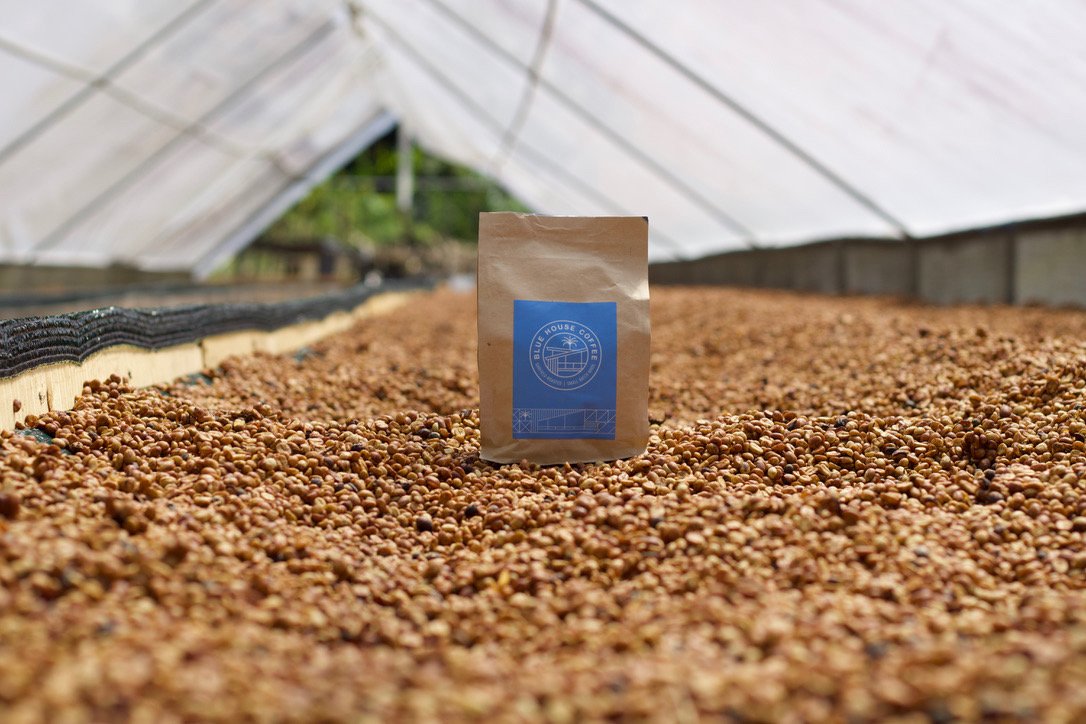Sweet Fermentation: How Sugar Cane and Coffee Created A Wonderful Cup
Sam Beger and Tomas harvesting sugar cane in Tarrazu to make “Tapa Dulce.” This was the first step.
We often hear coffee described as sweet and sugar-like. What would it be like to have a coffee that was bathed and fermented in sugar? This is the question we wondered as well and fortunately, we had the chance to experiment with this down in Costa Rica.
I had the opportunity to create an Anaerobic Coffee fermented with caramelized sugar cane down in Costa Rica. You can find the link to the coffee here.
The Story of Tapa Dulce Anarobica
During our stays with the Montero Family in Tarrazu, Costa Rica, we fell in love with a Costa Rican traditional caramelized sweet from evaporated sugarcane called Tapa Dulce. Molded into cupcake sized blocks, the end product is very similar to “Panela” as it is known in other central American countries. In many Costa Rican homes, Tapa Dulce stays in the kitchen on a plate. Whenever sugar is needed, a knife is used to cut the perfect amount off the block.
Jacob Montero, like his father Carlos Montero, is very interested in coffee. He is particularly interested in anaerobic processing and controlled fermentation methods. During coffee fermentation, microorganisms produce diverse metabolites. Microbial activity and the extent of fermentation determine the concentrations of free sugars (e.g., glucose and fructose) and free amino acids that continue to surround the bean and subsequently contribute to the production of Maillard compounds and volatiles during the roasting process. While all coffee undergoes a certain degree of fermentation, anaerobic fermentation (without oxygen like beer and wine) allowed us to control the flavor profile. Jacob and I worked together on a “Tapa Dulce Anaerobic Coffee”, Catuai coffee anaerobically fermented with traditionally made caramelized sugar cane on their property.
In addition to a flourishing coffee farm, the Montero Family have sugarcane as tall as 15 feet high. Additionally, they have an old sugarcane processing facility (known as a “Trapiche”) equipped with a cast-iron cauldron and an old mule drawn sugarcane juicing wheel. We decided to fire this up for the project.
So, the first question was, how does one create Tapa Dulce? The Montero’s neighbor expert horticulturist, Thomas and his son lead the charge. Thomas will take any opportunity to make Tapa Dulce. We harvested the cane from the field and brought it to the coffee co-op where they had a rentable sugarcane mill. It was hard work, and the labor made the sugarcane juice taste even more sweet.
After juicing all the sugarcane, we brought it to the Trapiche and lit the fire underneath the cast iron cauldron. We took gallons of sugarcane juice and place it in the cauldron. We boiled, and boiled, and boiled, reducing the Cane juice to a viscous golden lava. Thomas was also collecting a foamy material which is comprised of Chlorophyll, which you would placing his cup and hand around to everybody. Carlos Montero said that when he was a child, families used to gather together around the Trapiche, and the Tapa Dulce making process was a village wide celebration.
Once the Tapa Dulce reached the right viscosity, pouring more like molten caramel, it was time to pour the sugar into his cast iron molds to cool. The molds, while similar, retained the charm of not being perfect.
Now it was time for Jacob and I to start the fermentation. We took pounds of Tapa Dulce and placed it in a stainless-steel fermenter along with carefully selected Catuai coffee. We then added the secret ingredient called mosto, the culture medium Jacob was using for his anaerobic fermentation. It was a deep red in color and had a perfect mixture of sweetness and acidity. The golden mixture looked like the coffee beans were laying in unfiltered honey in the fermenter. We monitored the pH, kept the temperature controlled and monitored the anaerobic fermentation for the perfect balance. It was exciting to see Jacob so enthralled in his work. We’d refer to his mosto as “Elon Mosto“ because it was the richest mosto in the world.
After several days in fermentation, the mixture began to develop this rich candied apple flavor. It had the sweetness of caramel with the malic acid and esters associated with green apple. After 72 hours in the fermenter, we thought we had reached the perfect point of fermentation. The Brix meter showed decreased sugar as the microbes underwent anaerobic fermentation. The pH lowered, stabilizing the mixture and there were trace levels of alcohol from the yeast in the mosto. We took it out of the fermenting vessels and laid it on these raised beds to dry. It smelled so good and the candied apple sweetness was amazing. We placed the coffee mounds to prevent it from drying too quickly and monitored the water content with a moisture meter.
After several months of drying, we finally reached the point to where this experiment is finished. This is what we hope will be one of the first of many very hands-on projects with the Montero family. Directed partnerships such as this one allow us to continue to add on to this tradition. We’re heading back to Costa Rica in February to make our next batch. This is what coffee is all about: amazing never before tried methods of fermenting, nerding out on coffee science, great friends leading to a delicious cup.





